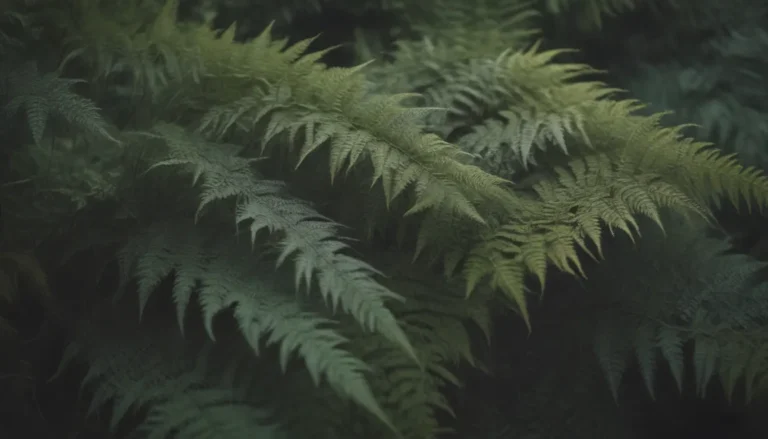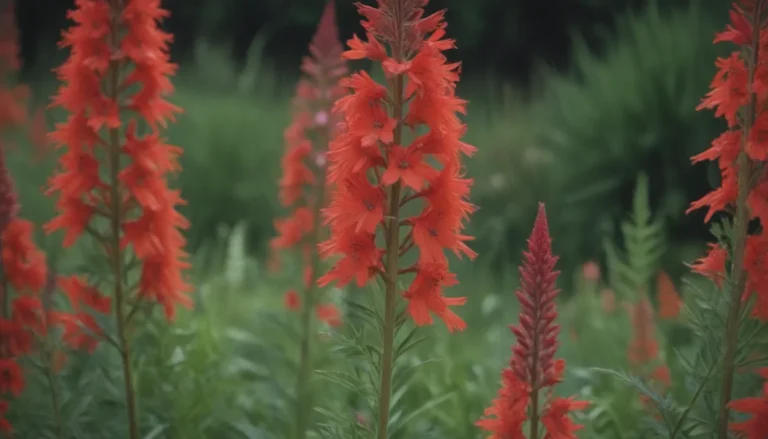The Ultimate Guide to Identifying and Removing Amur Maple Trees

Welcome to our comprehensive guide on how to identify and remove Amur maple trees. These beautiful trees, known for their vibrant yellow, red, or orange leaves in the fall, are actually invasive species that can quickly take over natural habitats. In this article, we will explore the characteristics of the Amur maple, its invasiveness, and most importantly, how to effectively remove these trees from your property.
Understanding the Invasiveness of Amur Maple
Before we delve into the removal process, it’s crucial to understand why Amur maple is considered an invasive species. Here are some key points to keep in mind:
- Amur maple is known for its compact size, cold hardiness, and adaptability to various soil types.
- A single Amur maple tree can produce up to 5,000 seeds annually, which can spread rapidly through wind and water.
- These trees thrive in both sunny and shady locations, making them highly adaptable to different environments.
- Amur maple seeds can germinate in a variety of locations, from forests to open fields, and eventually form dense monocultures that inhibit the growth of native plants.
Warning:
Amur maple is classified as an invasive species in the Northeast and Midwest regions of the United States. Before planting this tree, make sure to check if there are any restrictions in your state.
Identifying Amur Maple Trees
To effectively remove Amur maple trees, you must first be able to identify them. Here are some key characteristics to look out for:
- Amur maple can be a small tree or a multi-stemmed shrub with a canopy as wide as its height.
- The leaves are opposite with toothed edges and three lobes, with the middle lobe being longer than the side lobes.
- In the spring, the leaves are dark green and turn yellow, red, or orange in the fall.
- Creamy white flower panicles appear on the tree in mid-spring, which develop into small, winged samaras typical of maples.
How to Remove Amur Maple Trees
Now that you can identify Amur maple trees, it’s time to tackle the removal process. Here are some effective methods to get rid of these invasive species:
- Manual Removal:
- If you notice any seedlings emerging from the ground, hand-pull them with all their roots, especially after a rain when the soil is wet.
-
For larger saplings, dig them out to remove all roots.
-
Cut Stump Herbicide Treatment:
-
If the tree is within 300 feet of vulnerable habitats, it’s best to remove it and apply a wide-spectrum herbicide like glyphosate on the cut stump to prevent regrowth.
-
Mowing:
-
For areas with numerous small seedlings, you can mow them down, but this process will need to be repeated frequently.
-
Continuous Monitoring:
- Keep an eye out for any new seedlings that may emerge and promptly remove them to prevent further spread.
Native Alternatives to Amur Maple
Instead of planting Amur maple trees, consider native alternatives that support local ecosystems:
- Red maple
- Red buckeye
- Serviceberry
- Pagoda dogwood
- American hornbeam
By replacing Amur maple with these native species, you can help restore biodiversity in your area and prevent the spread of invasive plants.
In conclusion, Amur maple trees may be visually appealing, but their invasive nature can cause significant harm to natural habitats. By identifying and removing these trees using the methods outlined in this guide and planting native alternatives, you can play a vital role in protecting the environment. Remember to always check local regulations before planting any new species in your area.
For more information on invasive plants and removal strategies, consult resources such as the Invasive Plant Atlas of the United States, the Minnesota Department of Agriculture, and the University of Arizona’s Cooperative Extension.
We hope this guide has been informative and helpful in your efforts to remove Amur maple trees from your property. Thank you for taking the necessary steps to protect our environment and preserve native ecosystems.





